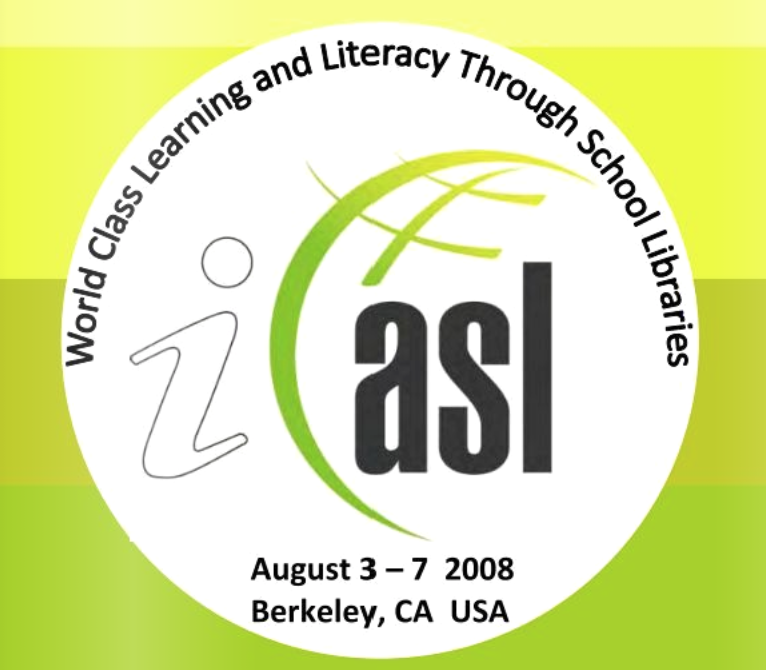“Reading guidance as a part of Guidance”: A popular philosophy of reading guidance in Japan developed by Michio Namekawa in the 1940s
DOI:
https://doi.org/10.29173/iasl7982Abstract
In this study, the author examines the development of Michio Namekawa’s philosophy on reading guidance, dokusho shido, which has been since the late 1940s one of the two pillars of school library philosophy in Japan. Namekawa is recognized as one of the key persons to cultivate the practice and philosophy of reading guidance in post-war Japan. To conduct the research, the author collects and examines all of Namekawa’s historical documents from the pre- to early post- WWII periods, when he developed his theory of reading guidance. The author finds that Namekawa’s philosophy can partially be traced back to the war period at which time a children’s cultural improvement movement occurred. Then, under the occupation after the war, the CIE Education Division led Namekawa to shape his philosophy and curriculum more concretely. Around 1949, he found important components of the concept of integrating reading guidance into a students’ personal life-Guidance, which Namekawa maintained throughout the post-war period.
Downloads
Published
Issue
Section
License

This work is licensed under a Creative Commons Attribution-NonCommercial-ShareAlike 4.0 International License.




